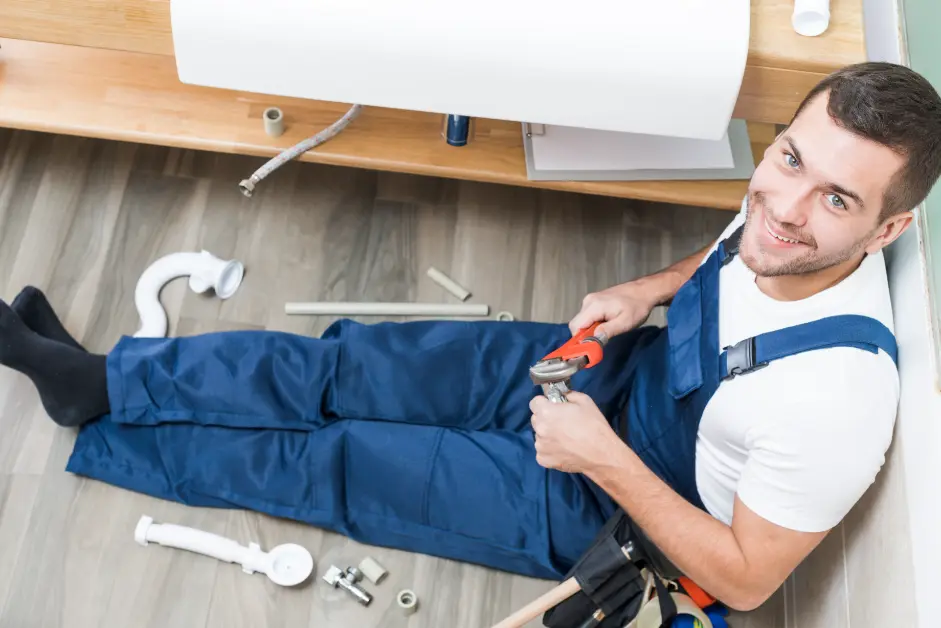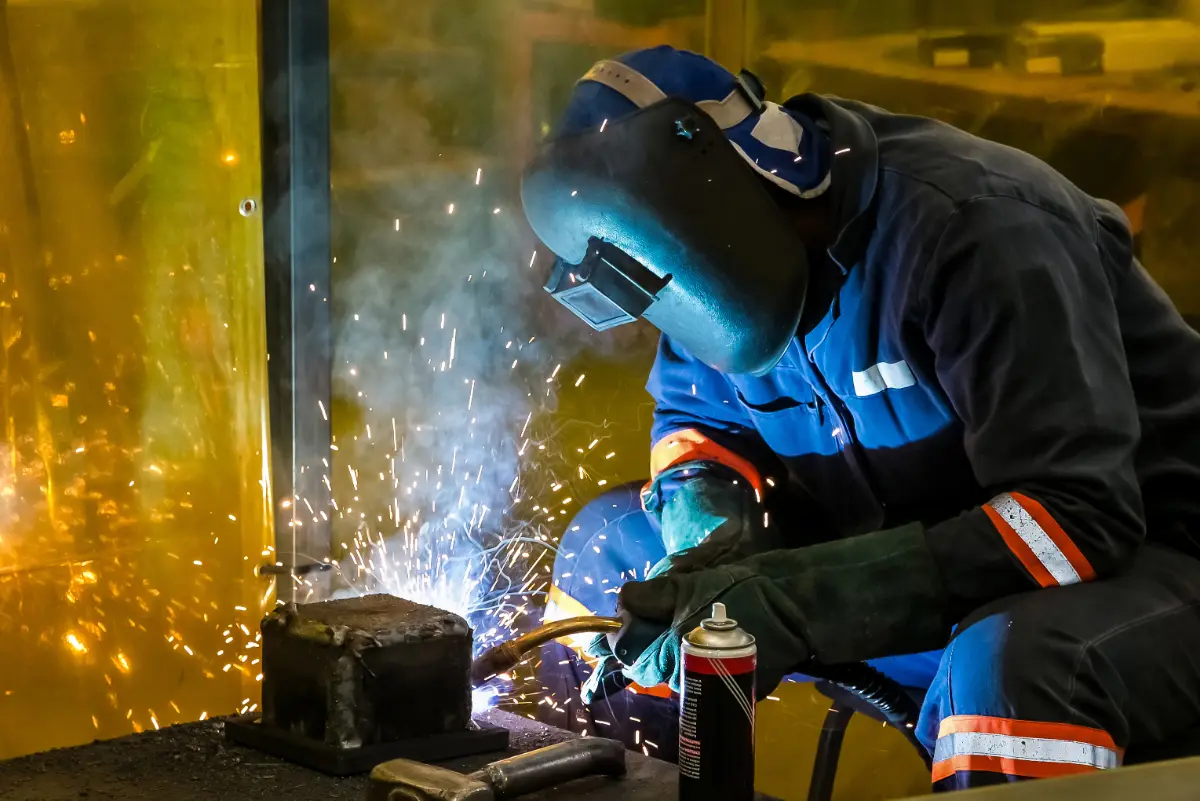Plumbing issues can quickly turn from minor annoyances into expensive emergencies if left unaddressed. Whether you’re a homeowner, renter, or property manager, understanding the most common plumbing problems — and how to fix them — can save you time, money, and stress.
This comprehensive guide will walk you through some of the most frequent plumbing problems found in homes and offer practical, effective solutions for each. Let’s dive in.
1. Dripping Faucets
Why It Happens
A dripping faucet is often caused by a worn-out washer or O-ring inside the tap. Over time, these small components break down due to constant use or water pressure, allowing water to leak through even when the tap is turned off.
How to Fix It
Turn off the water supply under the sink.
Disassemble the faucet using a wrench or screwdriver.
Inspect the washer or O-ring and replace it if it’s damaged or worn out.
Reassemble the faucet and turn the water back on.
Tip: Use the correct size replacement parts and consider upgrading to ceramic disc faucets that are more durable.
2. Clogged Drains
Why It Happens
Clogs are commonly caused by a buildup of hair, grease, food particles, soap scum, or other debris inside the pipes.
How to Fix It
Use a plunger to dislodge the blockage.
Try a drain snake or auger if the plunger doesn’t work.
Pour boiling water, baking soda, and vinegar into the drain to break down organic material (great for kitchen sinks).
Remove and clean the drain trap under the sink if necessary.
Prevention Tip: Install drain screens and avoid pouring grease or coffee grounds down the drain.
3. Running Toilets
Why It Happens
A running toilet usually results from a faulty flapper, fill valve, or float. These components control the flow of water from the tank to the bowl and back into the tank again.
How to Fix It
Open the tank lid and check the flapper for damage.
If the flapper is not sealing properly, replace it.
Adjust the float to ensure the water stops at the proper level.
If the fill valve is constantly running, replace the valve assembly.
Tools Needed: Adjustable wrench, replacement flapper or valve kit (available at hardware stores).
4. Low Water Pressure
Why It Happens
Low water pressure may be caused by:
Mineral buildup in aerators or pipes
Leaks in the plumbing system
Corroded or old pipes
How to Fix It
Check aerators on faucets and clean them by soaking in vinegar.
Inspect for leaks under sinks, around fixtures, and near appliances.
If pressure is low throughout the home, consult a plumber — the issue could be with the main water line or require pipe replacement.
Quick Tip: If you’re on a municipal supply, check with your local water provider for maintenance issues.
5. Leaky Pipes
Why It Happens
Leaks can occur at joints or along the length of a pipe due to corrosion, high pressure, freezing, or physical damage.
How to Fix It
For minor leaks, apply plumber’s tape or epoxy putty as a temporary fix.
Replace leaking joints or sections of pipe using a pipe cutter and new fittings.
Call a professional if the leak is in a hard-to-reach or critical area.
Warning: Ignoring leaks can lead to mold, structural damage, and high utility bills.
6. Slow Draining Bathtub or Shower
Why It Happens
Hair and soap scum are the most common culprits in bathroom drains.
How to Fix It
Use a drain snake or a hair removal tool to clear the blockage.
Pour a mix of vinegar and baking soda, followed by hot water, down the drain.
If the issue persists, remove the drain cover and clean the pipe manually.
7. Water Heater Issues
Why It Happens
Common water heater problems include:
No hot water
Water not hot enough
Strange noises or discolored water
Causes may include a broken thermostat, sediment buildup, or a faulty heating element.
How to Fix It
Check the thermostat settings (usually 120°F is ideal).
Flush the tank to remove sediment.
Replace heating elements if they’re burned out.
If leaking or very old (10+ years), it may be time to replace the unit.
8. Garbage Disposal Jammed
Why It Happens
Disposals often jam when non-food items, fibrous vegetables (like celery), or grease are put into the unit.
How to Fix It
Turn off the power to the disposal.
Use a hex key (Allen wrench) to manually rotate the disposal from underneath.
Press the reset button on the bottom if it’s overheated.
Never stick your hand inside — use tongs or pliers if needed.
9. Sewer System Backup
Why It Happens
Sewer backups are serious and usually caused by:
Tree roots invading pipes
Blockages in the main line
Broken or collapsed sewer lines
Signs:
Multiple drains clogged simultaneously
Water backing up into showers or tubs when using sinks or toilets
What to Do
Stop using plumbing fixtures.
Call a professional plumber immediately.
Regular sewer line inspections (especially in older homes) can help avoid this.
10. Frozen Pipes (Winter-Specific)
Why It Happens
In cold climates, water inside pipes can freeze, causing pipes to expand and burst.
How to Fix It
Shut off the water supply immediately.
Use a hair dryer or heat tape to gently thaw the pipe.
Do not use open flame heaters — fire hazard!
Prevent It:
Insulate exposed pipes
Let faucets drip during freezing nights
Keep cabinet doors open to allow warm air to circulate
Final Thoughts
Plumbing problems are part of every homeowner’s life, but being proactive can make a big difference. Many of the common issues outlined above can be handled with basic tools and a little know-how. However, never hesitate to contact a licensed plumber for issues that are beyond your skill level or that involve major repairs.
Regular maintenance, timely inspections, and responsible usage can go a long way in preventing most plumbing disasters.
Quick Summary Checklist
| Problem | Common Cause | Quick Fix |
|---|---|---|
| Dripping Faucet | Worn washer | Replace washer/O-ring |
| Clogged Drain | Hair, grease | Plunger/snake, vinegar |
| Running Toilet | Faulty flapper | Replace flapper/valve |
| Low Pressure | Blocked aerator | Clean aerator, check leaks |
| Leaky Pipes | Corrosion | Replace pipe, use epoxy |
| Slow Drain | Hair buildup | Drain snake or vinegar |
| No Hot Water | Heater fault | Check thermostat, flush tank |
| Jammed Disposal | Food scraps | Reset or rotate manually |
| Sewer Backup | Tree roots | Call plumber ASAP |
| Frozen Pipes | Cold weather | Insulate or thaw pipe |
Let us know in the comments if you’ve faced any of these plumbing issues — and what worked for you. And don’t forget to subscribe for more home maintenance tips and DIY guides!
Contact us at TMTVTS Tech Mech technical training school in Pakistan to get enroll in Plumbing.





